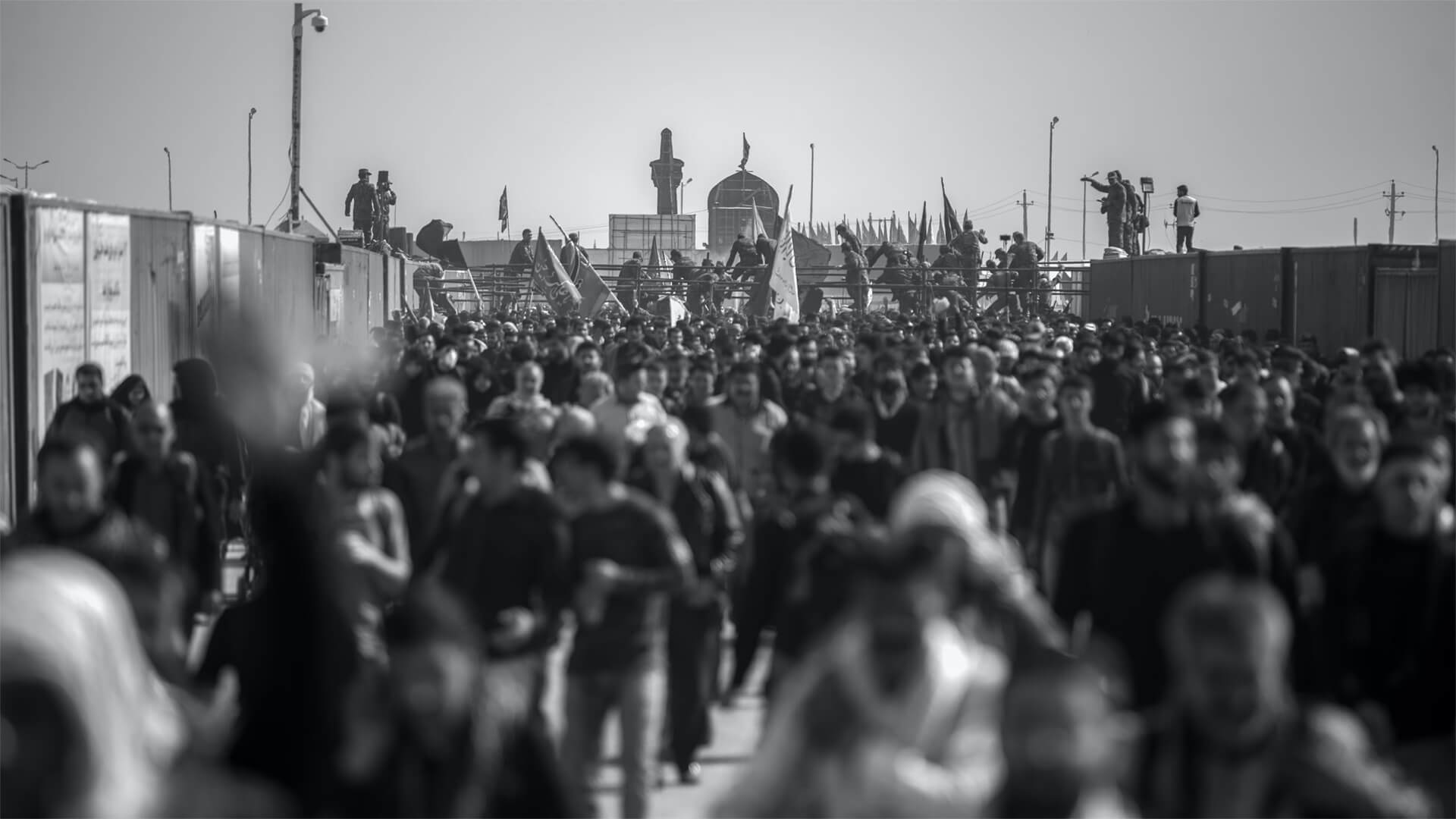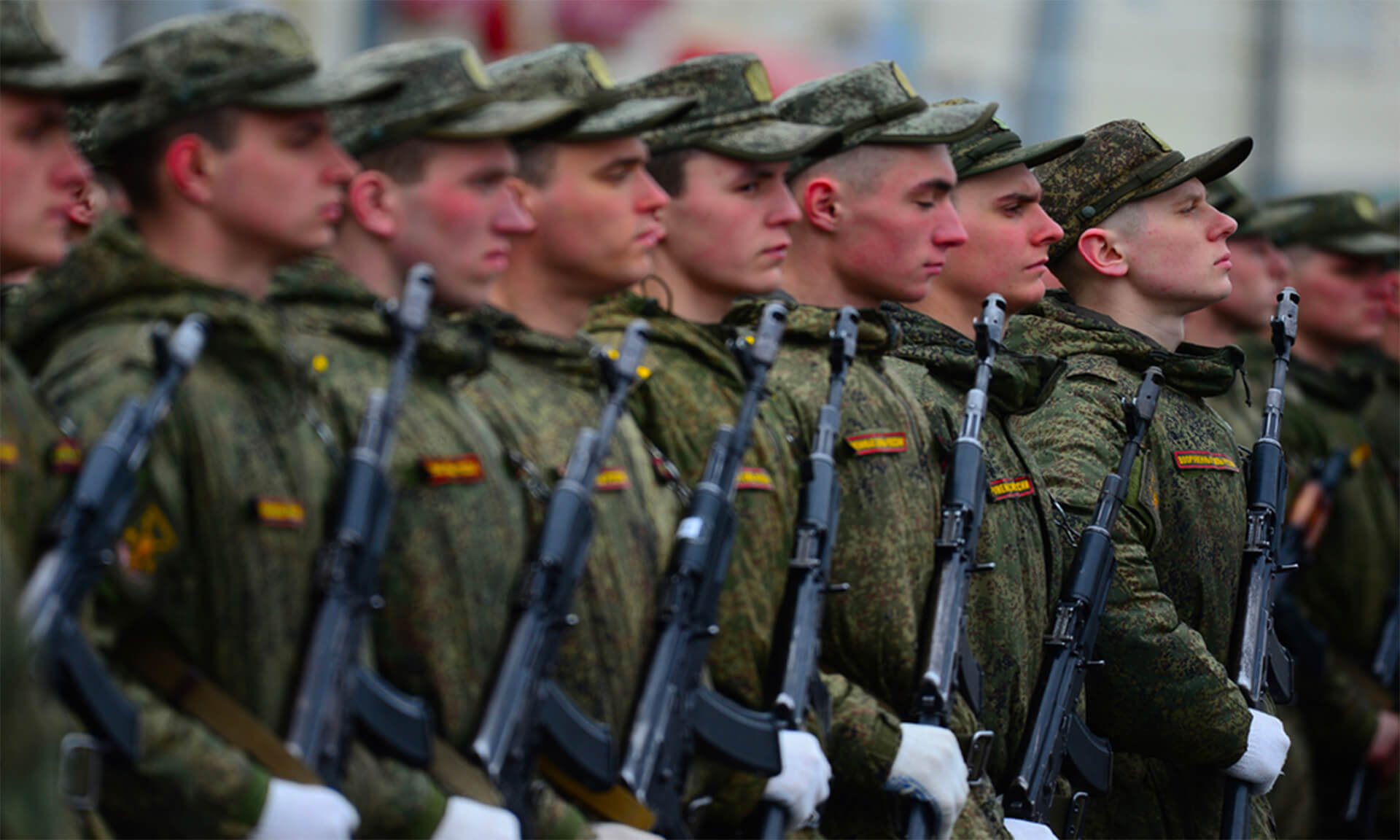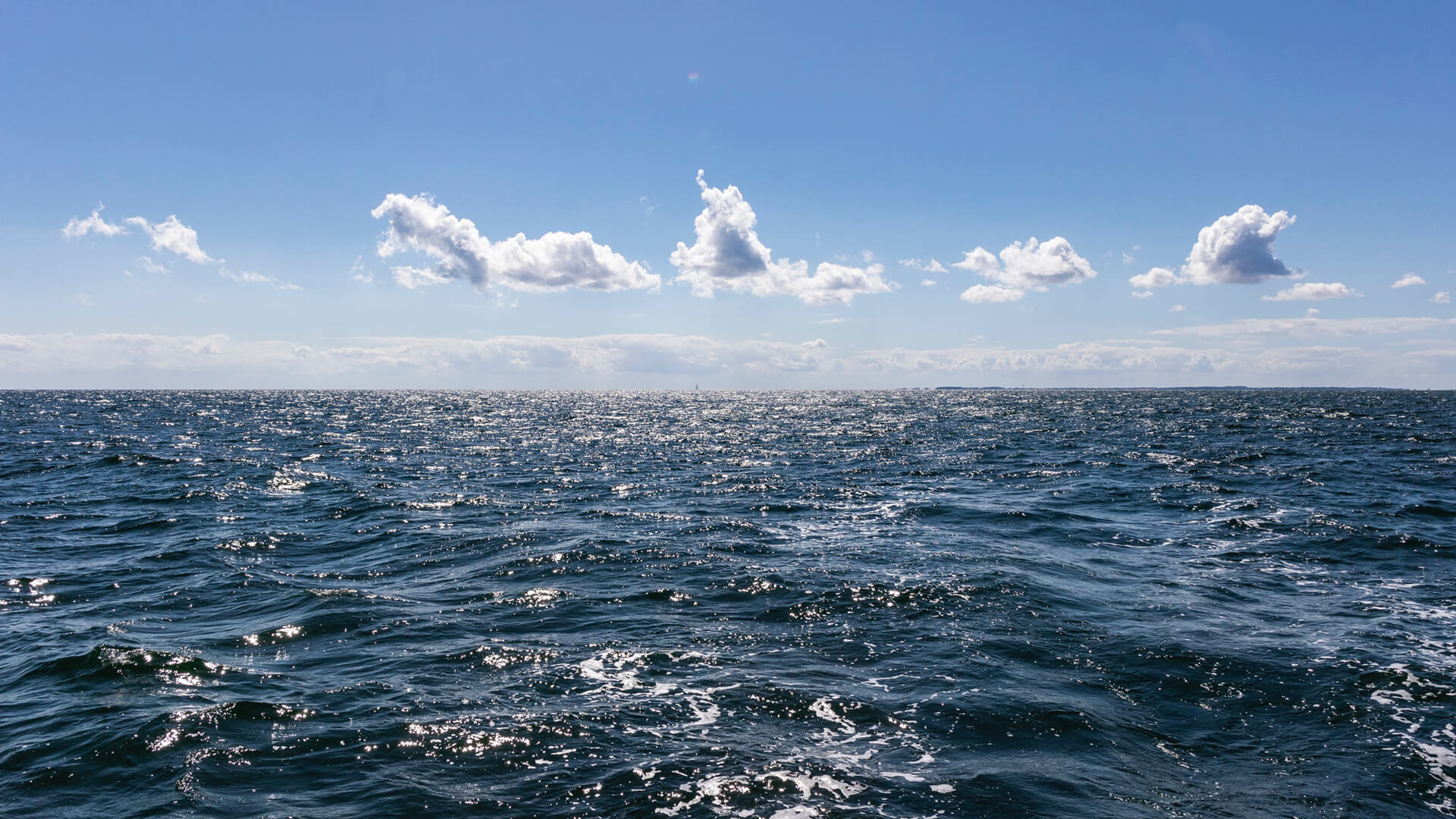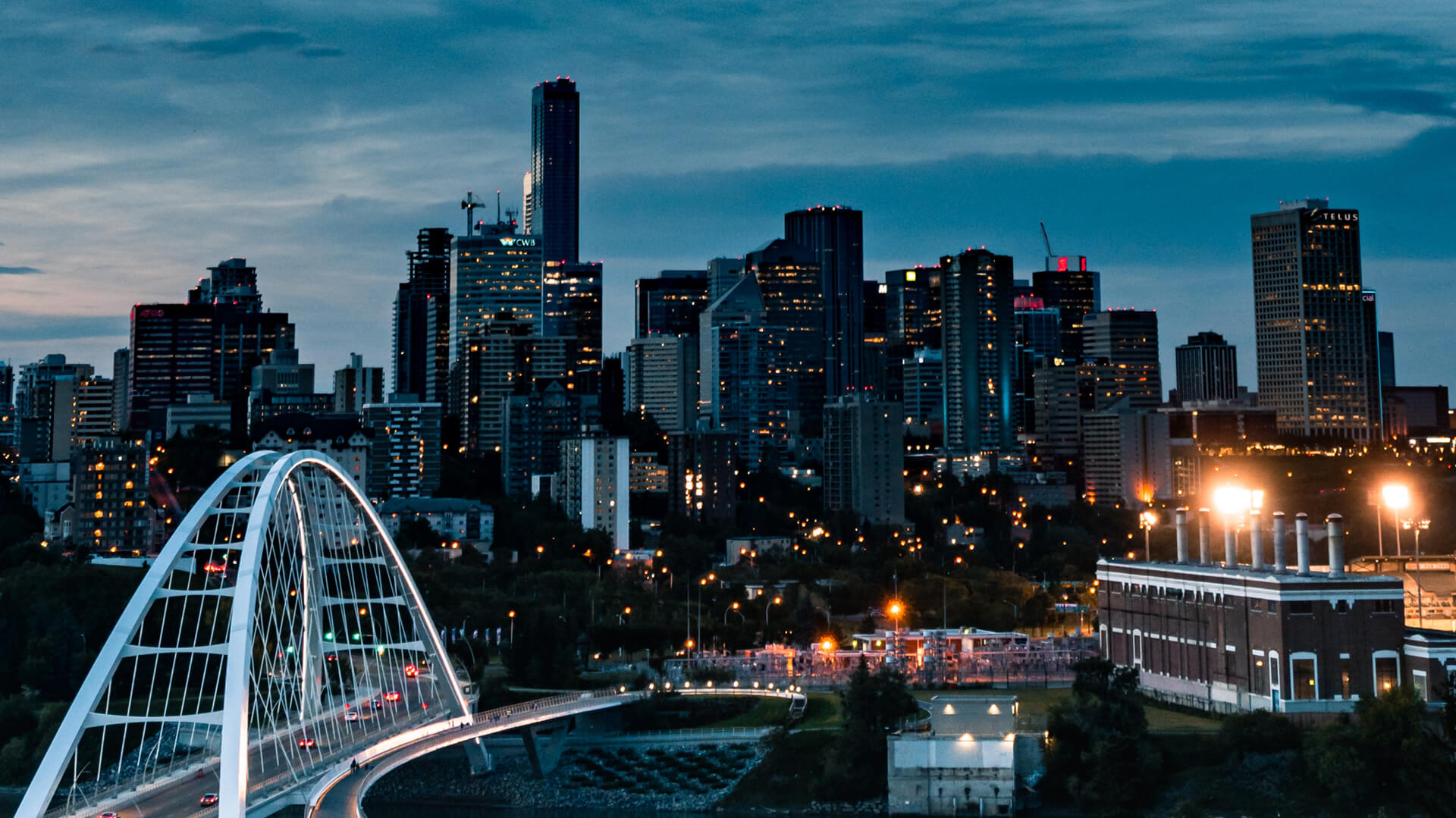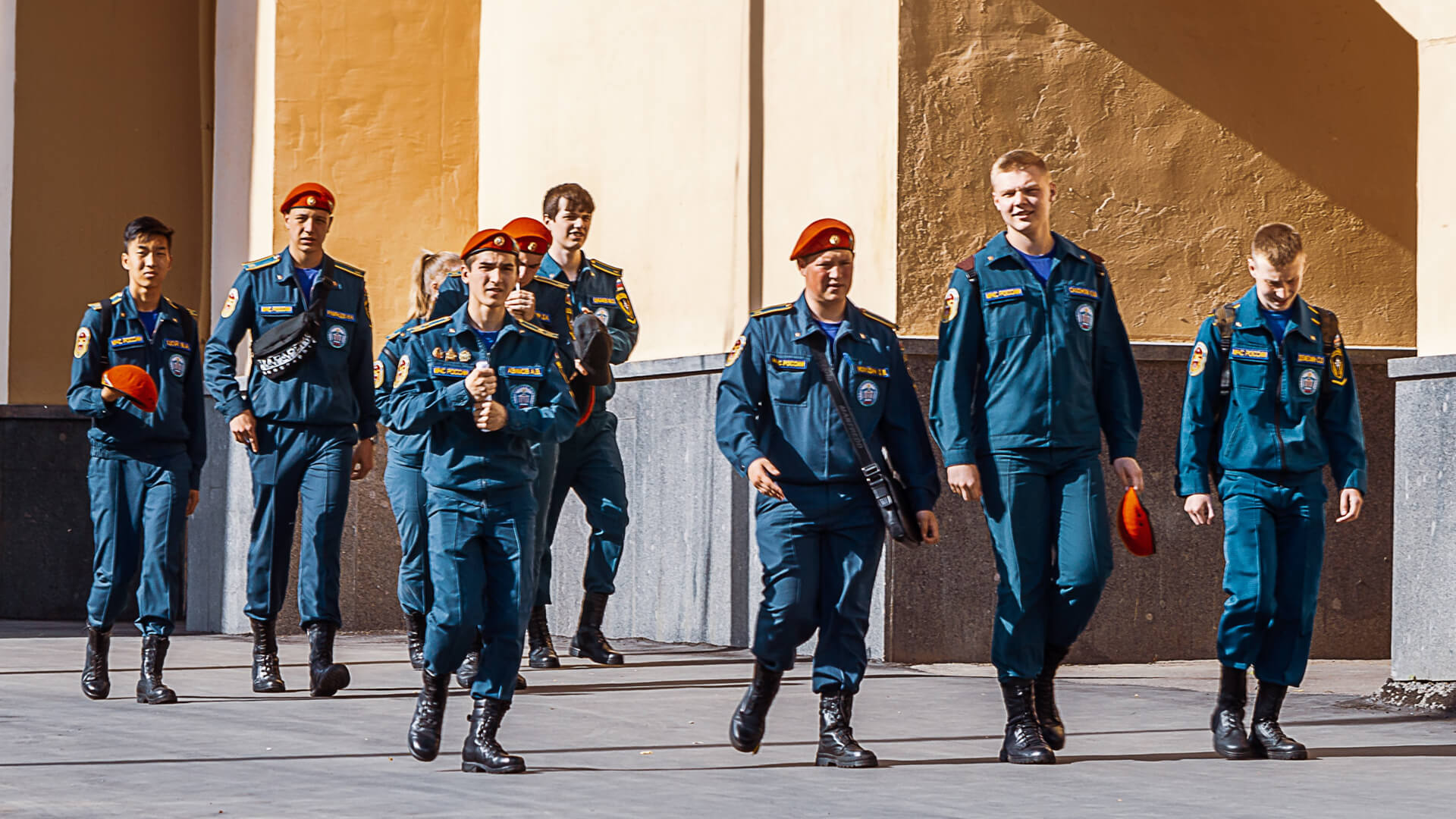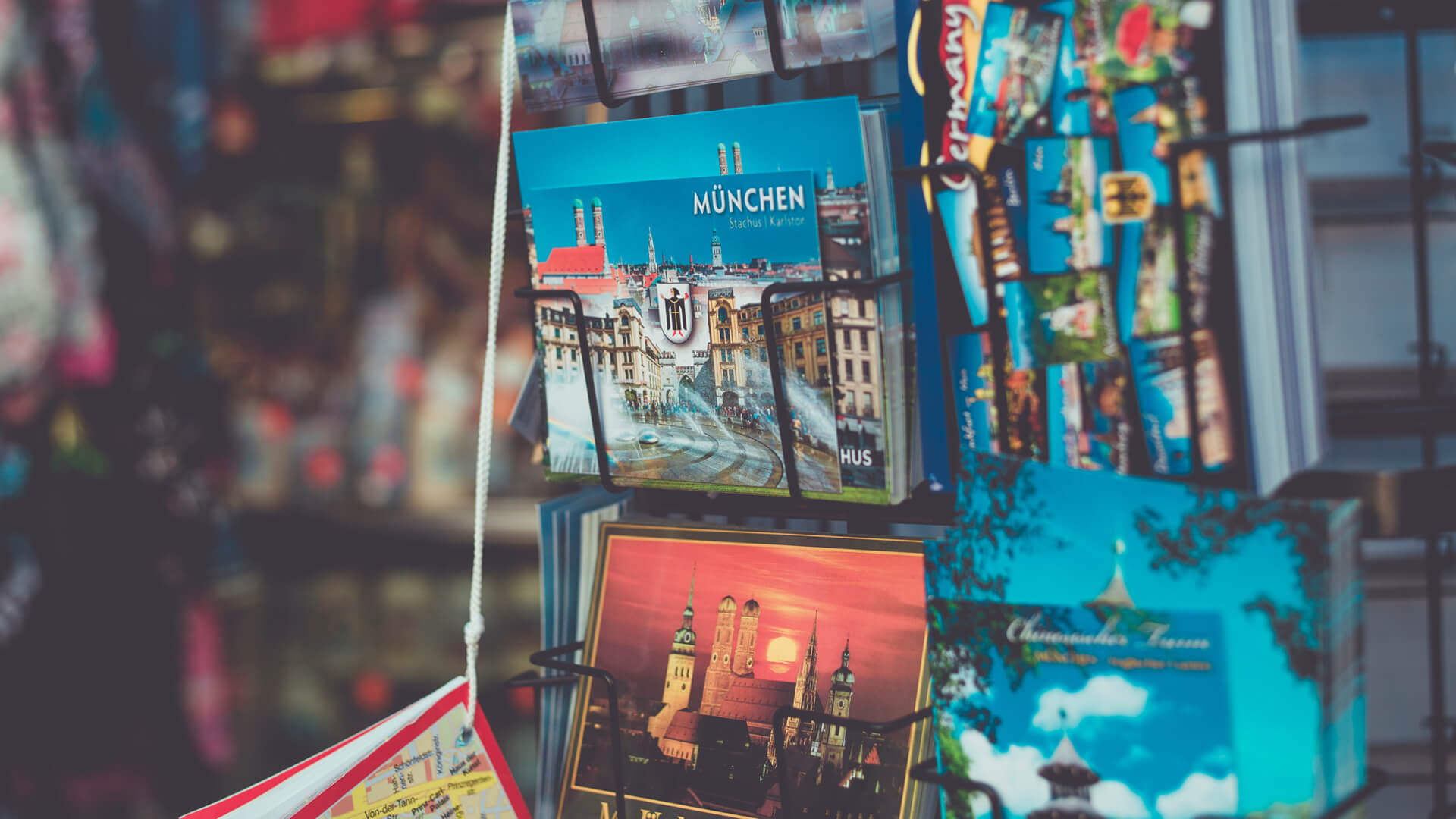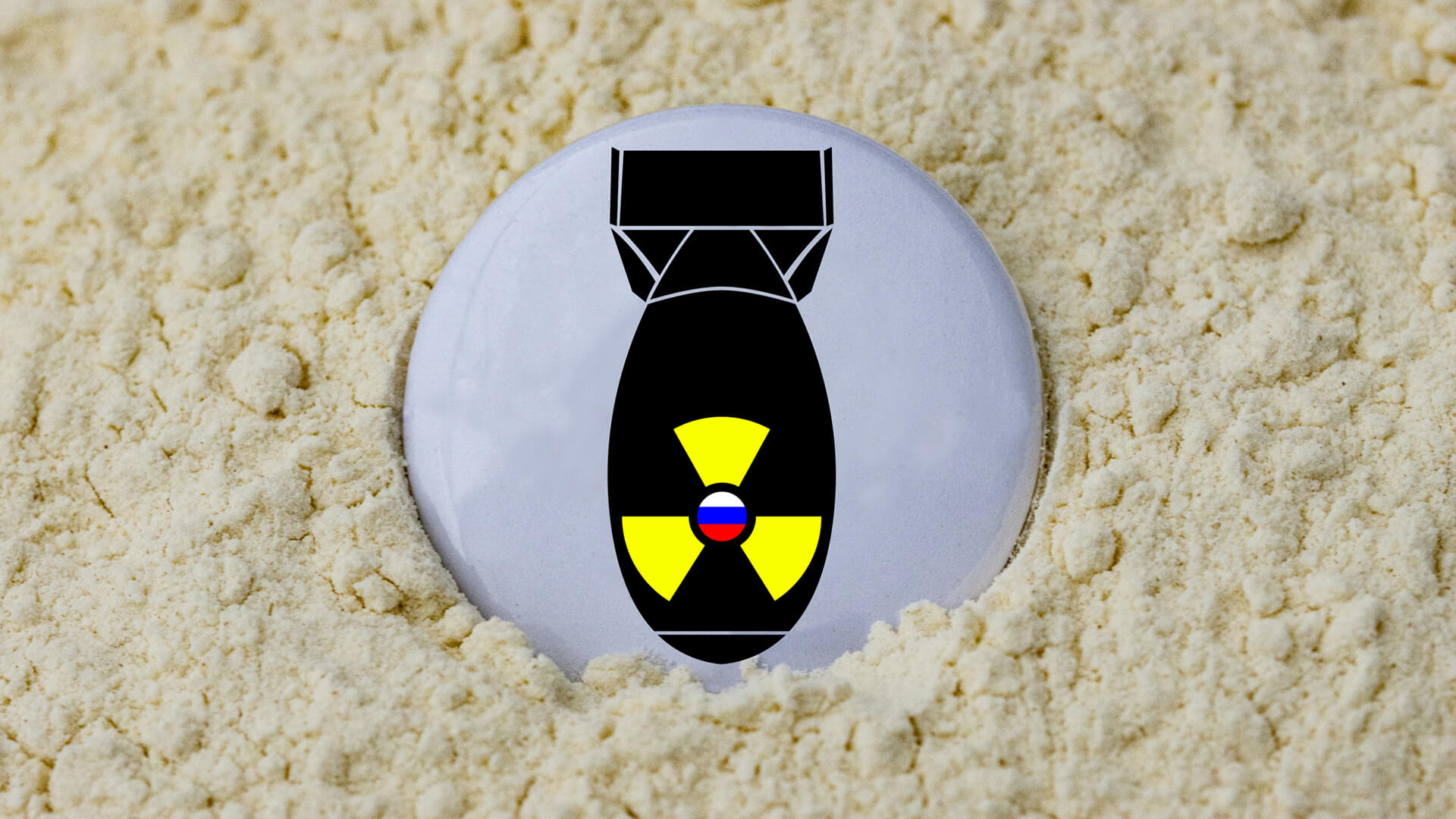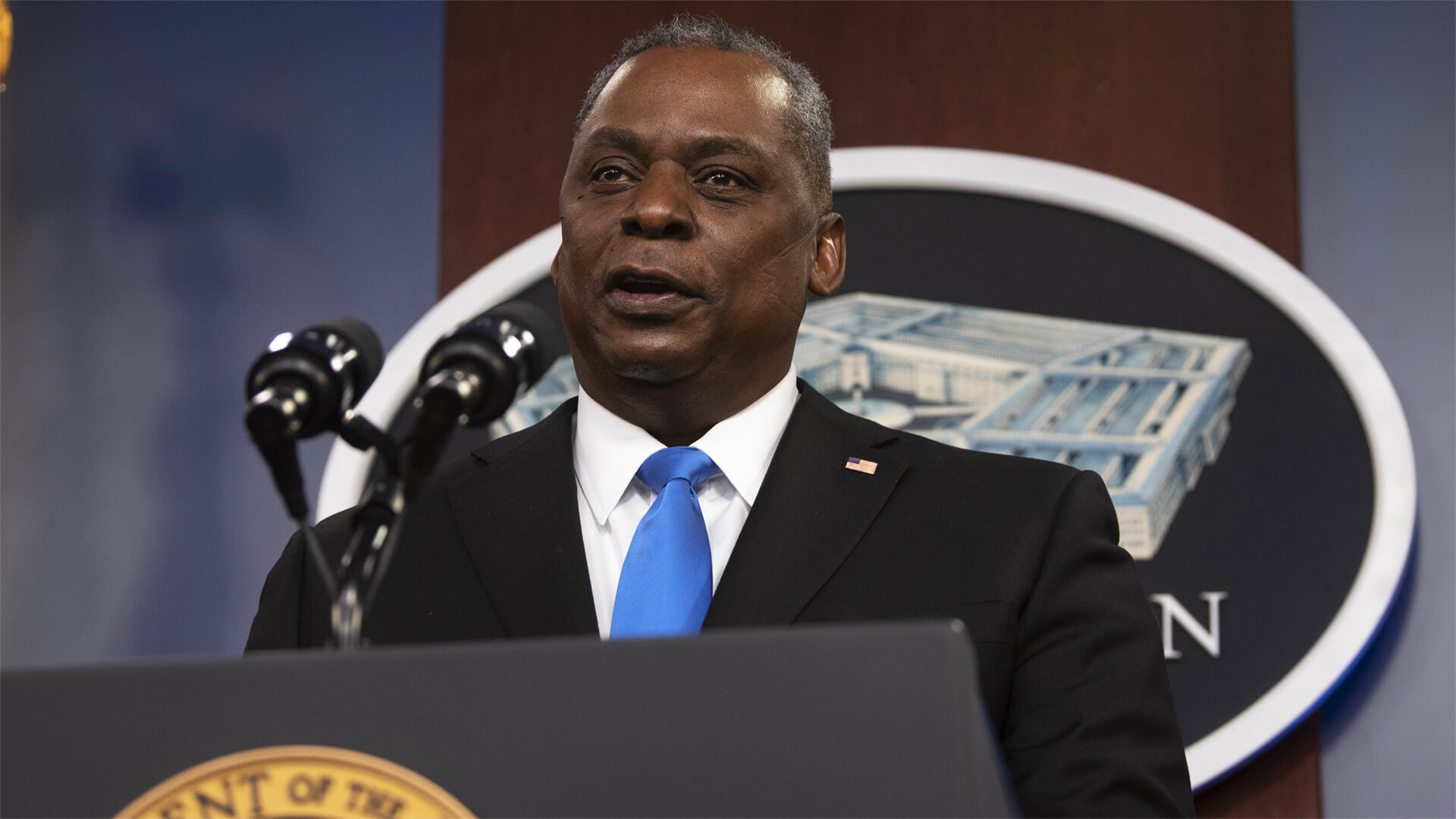Iran is in the midst of one of the most serious rounds of public unrest since November 2019, when a hike in fuel prices sent potentially hundreds of thousands of Iranians out into the streets. Dozens of structures were burned during those protests, statues of regime figures pulled down, and plenty of calls for death of Supreme Leader Ayatollah Khamenei and the Islamic regime itself. Outside observers estimate over a thousand Iranian citizens were killed, and over ten thousand were arrested. Current protests are being met with the same harsh response by regime security forces, even if we have not yet reached the scale of brutality seen in 2019. In January of 2020, Iranian military forces shot down Ukraine International Airlines Flight 752, setting off another wave of intense national protests. Iran has had a series of significant protests movements since then, sparked by everything from the country’s abysmal handling of the COVID-19 epidemic, to runaway inflation, drought and lack of water in places like Khuzestan, etc.
The most recent protests were sparked by the death of Mahsa Amini, a 22 year old Kurdish Iranian woman who was arrested because of improper adherence to hijab laws while visiting Tehran with her brother. While details out of the Iranian regime are sparse, activists say that head injuries sustained at the hands of Iran’s morality police lead to her death in custody. Another round of national protests has erupted since her death on September 16, though what had initially started as a women’s rights protests against hijab rules has quickly escalated to encompass the broad swathe of frustrations and discontent of many Iranian citizens, especially the youth.
I don’t think there is anywhere in the world where protests are watched with as much bated breath as Iran. In part due to history (mass social unrest lead to the collapse of the Shah’s regime in 1979), in part due to international intrigue (since the fall of the Soviet Union, the US has had few feuds that have lasted as long as the one with Iran), and in part due to Iran’s own behavior (Iran is an aggressor state against most of its neighbors and has links to militant groups around the Middle East and world).
And so the gruesome death of a young Kurdish woman, and the subsequent protests around it, have captivated a rapt audience. It would be an almost too delicious irony if the death of a young Kurdish woman who refused the imposition of the hijab was the ultimate downfall of the Iranian regime. Unfortunately, that is unlikely to be the case. And while Iran’s Kurds remain perhaps the most organized, most politically active subgroup of Iran’s multi-ethnic society, Iranian Kurdish desires for autonomy/statehood are largely anathema to most other Iranians. It’s hard to imagine current solidarity would extend much beyond any potential toppling of the regime.
Iran’s constant protests are unlikely to stop anytime soon, and while they do point to an erosion of the regime’s ability to maintain an iron grip over its citizens, current protests are unlikely to lead to a direct exit of the ayatollahs and mullahs at the apex of the regime. Frustration is a powerful motivator, but Iran’s protestors lack a charismatic national leader or unifying ethos beyond discontent. Ayatollah Khomeini famously leaned on a pan-Iranian, Shi’ite identity enforced with a big stick to create his vision of a post-Shah Iran. And that big stick remains in the hands of the regime today, ready to cudgel any opposition back into submission. Until that changes, or pillars of the regime defect, or significant foreign aid and coordination steps in on behalf of the protestors, Iran is destined to continue an unfortunate pattern of everyday citizens yearning for change clashing with a regime determined to crush them to ensure its own survival.
The above was written by our Director of Analysis here at ZoG, Michael Nayebi-Oskoui. The video below is obviously from me.
We have never and will never charge for our newsletters or videos, but we do have an ask. If you enjoy our products, we ask you consider supporting MedShare by clicking one of the links below. MedShare is an established non-profit organization that helps respond to medical need globally, including to the ongoing crisis in Ukraine.

